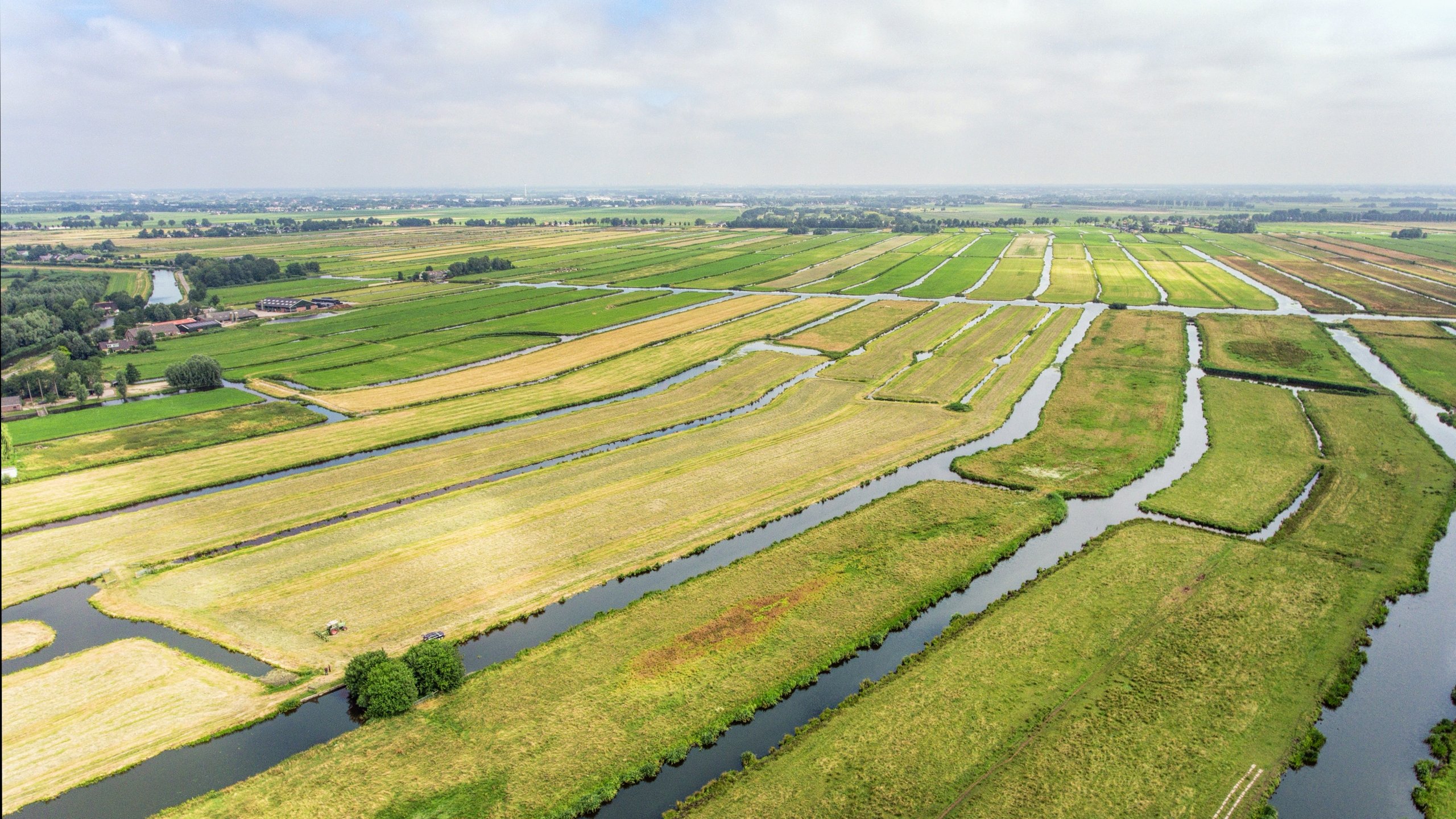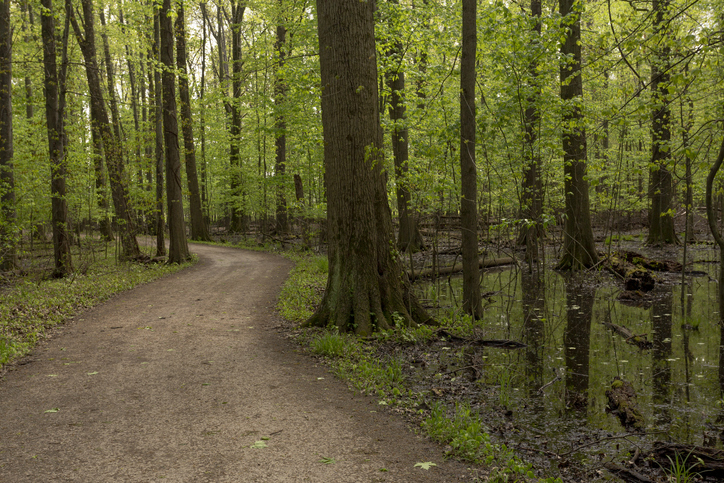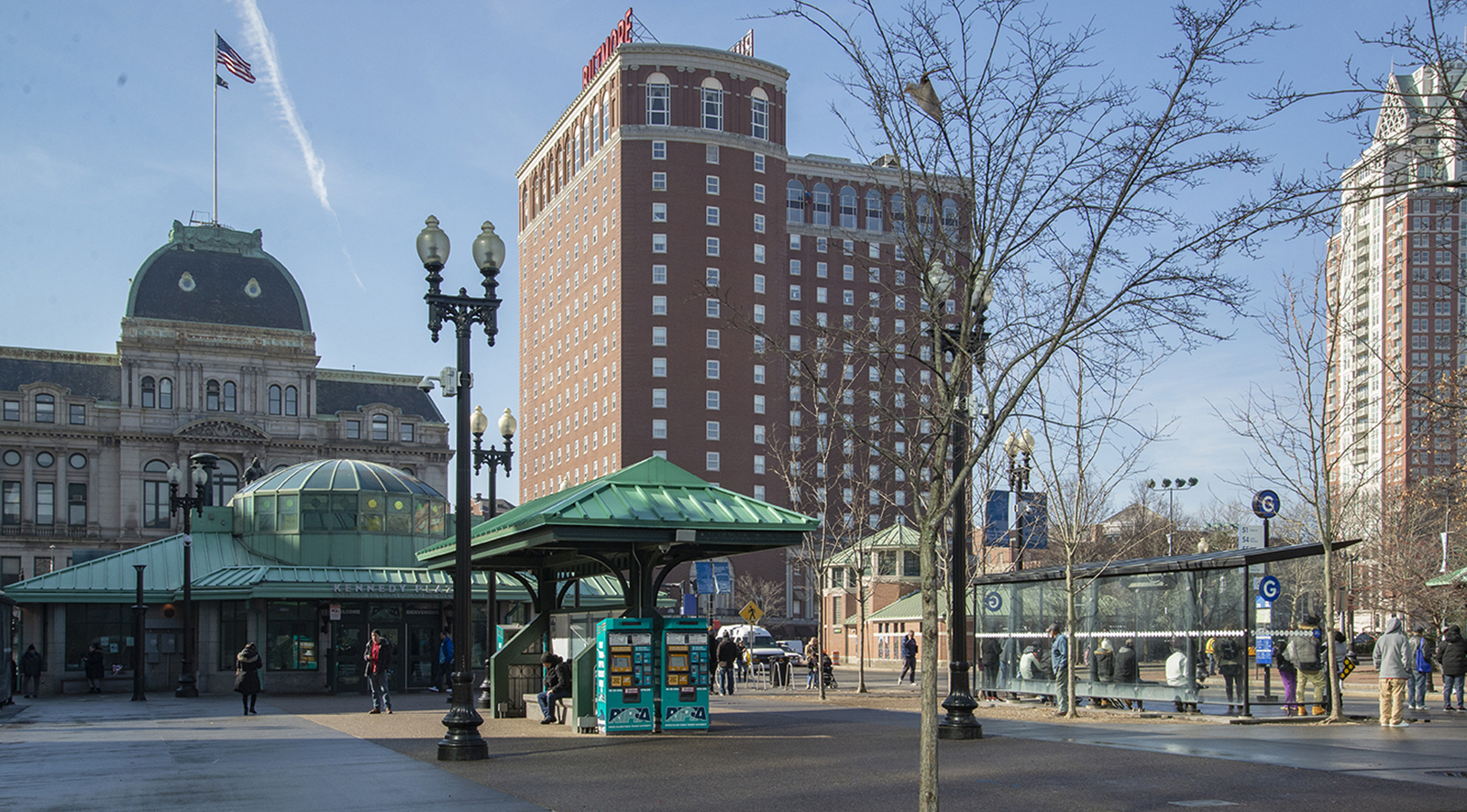Sea-Level Rise: Could The Netherlands’ Polder System Work in the United States?
March 28, 2022
In April 1782, just six years after the Declaration of Independence was signed, John Adams arrived in Amsterdam as the first U.S. ambassador to The Netherlands. Three months later, a consortium of Dutch bankers provided a 5 million guilder loan (equivalent to $150 billion today) to the new republic, a clear sign of my country’s confidence in the United States. While I can’t provide a loan, as a Dutch water engineer I can offer something else to Americans: my country’s five centuries of experience living, working, and thriving below sea level. This is surely knowledge and know-how that the U.S. will desperately need as water levels continue to rise and countless coastal communities are threatened.
Sea-level rise will, of course, affect coastal communities all over the world. However, due to its vast amount of coastline — the National Oceanic and Atmospheric Administration estimates it to be about 95,000 miles — the U.S. will be particularly vulnerable. It is difficult to put a precise number on exactly how high sea levels will rise — it’s what scientists call a fluid model — but according to the government agency, “a worst-case scenario of as much as 8.2 feet above 2000 levels by 2100 cannot be ruled out.” And water levels won’t rise independent of other ecological factors; increasingly strong hurricanes and storms due to climate change, rising air and water temperatures, coastal erosion, and flooding will further exacerbate stress on coastal communities.
A 2018 report from the Global Change Research Project estimated that there are nearly 50 million U.S. housing units in danger of eventual flooding. Some communities — in limited, halting numbers — have already begun their begrudging retreat. Some cities are considering storm-surge barriers and seawalls. However, such structures are not only expensive CO2 bombs because of the heavy reliance on concrete as a building material, but they are of limited effectiveness, good for a few decades at most. And, truth be told, not all of the coastline will be defensible. Some land will have to be surrendered back to the sea. But the decision to abandon heavily populated cities would be economically catastrophic and politically fraught. I (and other engineers) strongly believe that some form of the Dutch polder solution, an integration of hard and soft nature-based infrastructure, would be capable of protecting threatened U.S. coastal communities.

Before outlining our pilot project for Boston, some history is in order. Most people in The Netherlands live, as their predecessors have for 485 years, within the boundaries of the great European Rhine/Meus/Scheldt River Delta, in low-lying polders. This includes the inhabitants of our largest cities: Amsterdam (the capital), Rotterdam (the world’s third-largest port), The Hague (the government seat), Utrecht, and Haarlem. Polders are large land-and-water areas, fully surrounded by dikes, where the ground elevation is situated below mean sea level (MSL) and the water table within the polder is controlled by engineers. About 50% of the overall land and water mass of The Netherlands is situated in polders, and always below MSL.
To be able to live safely in such an environment, extensive infrastructure is required: sea and river dikes, drainage canals, temporary water-storage basins, and pumps, along with sufficient financing for the management and maintenance of all of these systems. The financing for all necessary infrastructure in The Netherlands is primarily provided by the central government, but residents benefiting from these protective structures and services pay for it with a monthly fee. A fully integrated, public, statewide water-management agency, the so-called Water Board, is responsible for designing, constructing, managing, and maintaining all polder infrastructure.
Is some version of the Dutch polder solution a feasible one for the U.S.? Culturally and politically, it’s an open question. We know the polder-and-dike system works for us. We also understand the low levels of trust that Americans now have for their government, and how state and local governments have struggled to complete large infrastructure projects on time and within budget. If we take the imminent dangers of sea level rise seriously, this must change. Time is already perilously short. Considering the increasing rate of sea-level rise and the slow pace of global efforts to reduce carbon emissions, the U.S. faces a stark choice: design, build, and maintain the appropriate water infrastructure, or move to higher ground.
To successfully execute and complete the design and construction phases of these projects, we recommend the establishment of a federal government agency, working in collaboration with the U.S. Army Corps of Engineers; it could be called the Coastal Security Agency. To guarantee adequate maintenance and management, it would be staffed with engineers and scientists and sufficiently financed for decades to come. Now, let’s be honest here: the costs will be high — but the cost of doing nothing will be multiples higher — the timelines long, and the politics no doubt very complicated. But there aren’t many other options at this point.

Boston
Within the now-enclosed Boston Harbor Bay, auxiliary dikes would need to be built, along with a water level monitoring system, with pumping stations and spillway/water inlet structures, enabling full control of the harbor water table, including control of algae growth. In addition, depending on specific site and shoreline conditions, other structures and services will be necessary to protect buildings, infrastructures, transportation systems, sewage systems, and water-treatment plants, as well the inner bay wetlands and their crucial biodiversity.
Two locks will also be included within the sea dike: a large one to facilitate ocean vessels serving the port, and a small one for recreational boating. Some of these ideas were already presented in a report, Designing With Water: Creative Solutions From Around the Globe, prepared in 2014 on behalf of the Boston Harbor Association. The study proposed moving the port facilities to the bayside of their proposed Harbor Island Barrier, a move that can easily be accommodated in our Dutch polder solution.
Jan H. de Jager is managing director of Nautilus Coastal-Solutions, based in The Netherlands. He has more than 50 years of experience designing and constructing dikes, bridges, jetties, pipelines and assorted other infrastructure projects. Currently, together with partner company Van de Herik Sliedrecht, he is involved with designing and building nature-based coastal-solutions to mitigate climate change and sea-level rise.
A version of this article originally appeared on commonedge.org: https://commonedge.org/sea-level-rise-could-the-netherlands-polder-system-work-in-the-u-s/
Categories
Join the Discussion
View CommentsRecent Comments
Leave a Reply
Your support keeps our reporters on the environmental beat.
Reader support is at the core of our nonprofit news model. Together, we can keep the environment in the headlines.
We use cookies to improve your experience and deliver personalized content. View Cookie Settings




Dikes require a certain level of government integrity. The Netherlands wants to guarantee its own dikes against a 10,000 year storm. In a climate changing world this might be a minimum standard. I’m not convinced that our state governments are up to a real integrity challenge at this time because they aren’t looking that well at planet-wide climate solutions, which is the best way to go.